Strengthening research, technological development and innovation
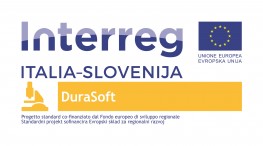
Promoting innovation capacities for a more competitive area
The general objective is to give autochtonous softwoods and reeeds a durability suitable for making their use sustainable and compatible with the conservation of environment and with the safeguard of the Wood Cultural Heritage. In this way there will be a positive economic impact both direct (i.e.production and marketing of products) and indirect (i.e. promotion of fishing, agriculture, maritime transports and tourism).
Along the Italian lagoons and the Slovenian highlands, fishing and agro-pastoral activities have been conducted over millennia producing characteristic wooden housing with associated wooden infrastructures such as piers, moorings, piles and fences. The existence of these structures and of the related cultural background, however, is subject to constant care. Constant maintenance is no longer economically sustainable in humid and coastal environments where wood degradation is massive and fast. As a consequence, during the last century impacting protection techniques and use of unsuitable materials had been adopted. The project was therefore, aimed at testing some techniques and products for the wood protection which were developed and produced by the partners in order to increase the durability of traditional wood species, assessing at the same time potential toxic effects on the environment. In particular, the durability of differently treated wood samples and artifacts of native conifers and reeds when exposed to terrestrial and aquatic environments was evaluated trough standard tests and assessments. Furthermore, the environmental compatibility of the whole treatment set was evaluated through the application of a multi-step innovative ecotoxicological approach.
The durability tests, conducted on materials and artifacts treated with the various formulations of the ®Silvanolin impregnating agent and subjected to some wood chemical-physical and thermical modification processes, have shown good resistance when exposed to the humid terrestrial environment, whereas criticality have been evidenced when exposed to underwater environments, with the exception of the acetylated ones. As far as the evaluation of the potential toxicity is concerned, among the tested treatments only the thermally modified wood and the impregnation with ®Silvanolin at low concentration were found to be suitable for being used in marine and freshwater environments.
Lead Partner
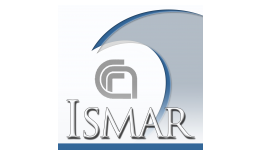
Project partner 1
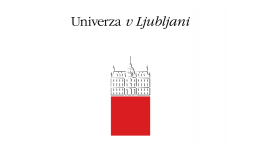
Project partner 2
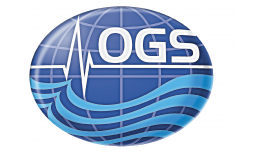
Project partner 3
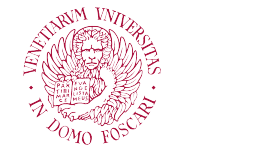
Project partner 4
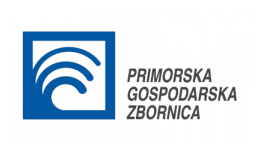
Project partner 5
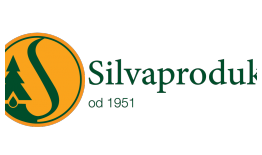
Project partner 6

The general objective of the project was to test the possibility to give native coniferous woods and common reeds (Phragmites austrails) through the use of appropriate treatments (impregnating agents and chemical/physical modifications of wood) an increased durability in order to make their use sustainable and compatible with the conservation of the environment and with the needs of maintaining the Wood Cultural Heritage. In this way, it was possible to provide a critical judgment on the effectiveness of the various treatments which resulted to be variable according to the type of environment in which the treated material was exposed.
Using Spruce (Picea abies), Silver fir (Abies alba), Scots pine (Pinus sylvestris.) and European larch (Larix decidua) woods, both standard test specimens and real objects were produced by treating them both with some formulations of the of copper -based impregnant ®Silvanolin, by thermal modifications of wood and acetylation (in this case Pinus radiata).
For the different treatment typologies the following materials were supplied: EN275, EN252 standard specimens, poles for tests in a continental environment, poles of different size for tests in the marine environment, specimens of different sizes for ecotoxicological analyses. Test benches were produced using wood with different treatments.
The durability standard tests were conducted on test specimens (treated and control):
Moreover, the durability performances of wooden artifacts (benches) built using different treated materials were also tested and as well as those of the reeds treated with impregnating agents.
A use practice for the sustainable harvesting of reeds was taken into consideration, including the evaluation of the performances of reeds treated with the impregnations in question both in terrestrial and marine/submerged environments.
The assessment of the environmental compatibility of the different treatments was assessed by: